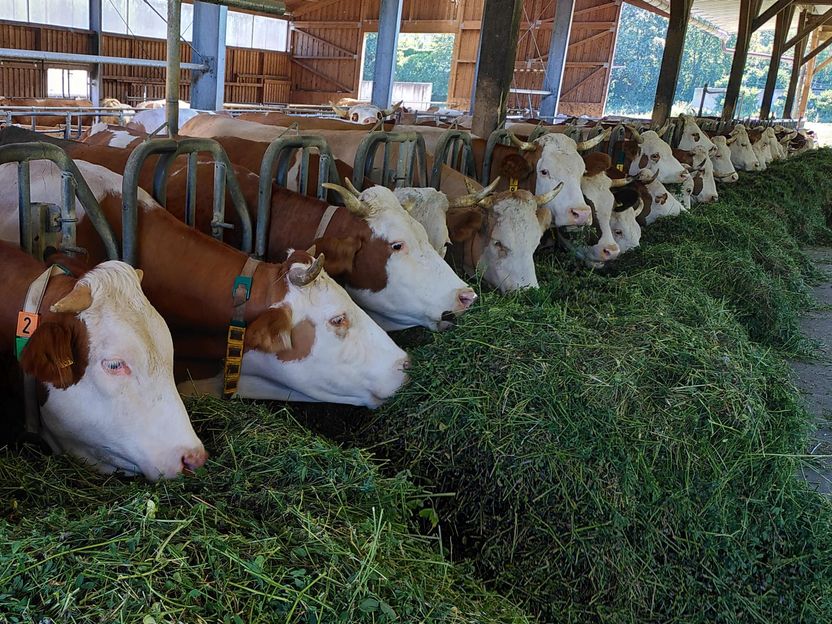Cervical cancer vaccine should include boys, says expert
The UK Government should extend the planned cervical cancer vaccination programme to teenage boys, as they contribute to the transmission of the disease, says an infectious diseases expert. Dr Paul Yeo says that although the vaccination programme is a welcome step in reducing deaths, by not vaccinating boys, the Government risks leaving a ‘pool of infected individuals’ who could spread the virus to women later in life when the effect of the vaccination has potentially worn off.
Dr Yeo also suggests that cost may have been a factor in the Government selecting the current vaccine over another which also protects against other harmful strains of human papillomaviruses (HPVs), rather than just two of the strains. The development of 70% of all cervical cancers can be linked to infection by human papillomaviruses.
From 1 September, girls aged between 12 and 13 in the UK will be vaccinated against certain strains of HPV with a catch-up campaign for girls aged up to 18 starting in autumn 2009.
Dr Yeo, who specialises in virology and infectious diseases, says: “I would question why boys are not included in this vaccination programme as it is, after all, a sexually transmitted disease which can lead to the cancer. Males can be considered the vehicle for the transmission of these viruses with the population. It is not known yet how long the vaccine will protect. Even with the use of booster jabs, protection may wane after ten years or so. These women will be vulnerable to infection later. “By not vaccinating boys, we are potentially leaving a pool of infected individuals who could spread the viruses to women later”.
There are over a hundred known HPVs and the most common presentation of an infection is as a wart or verruca. Two of the strains, HPV16 and HPV18, are linked to cervical cancer. These are the two strains in the vaccine chosen by the Government.
Dr Yeo, of Durham University’s School of Medicine and Health, comments: “In addition to the two strains strongly linked to cervical cancer, there are other HPVs associated with sexual diseases, notably HPV 6 and 11. They are responsible for up to 90% of genital warts. “The vaccine chosen by the Government does not protect against these, yet there is a vaccine, called Gardasil, that will protect against all four viruses. Perhaps the higher cost of this particular vaccine has led the Government to choosing the current vaccine”.
Topics
Organizations
Other news from the department politics & laws

Get the life science industry in your inbox
By submitting this form you agree that LUMITOS AG will send you the newsletter(s) selected above by email. Your data will not be passed on to third parties. Your data will be stored and processed in accordance with our data protection regulations. LUMITOS may contact you by email for the purpose of advertising or market and opinion surveys. You can revoke your consent at any time without giving reasons to LUMITOS AG, Ernst-Augustin-Str. 2, 12489 Berlin, Germany or by e-mail at revoke@lumitos.com with effect for the future. In addition, each email contains a link to unsubscribe from the corresponding newsletter.
Most read news
More news from our other portals
Last viewed contents
Siemens and Biogen cooperate - Siemens Healthineers and Biogen announce agreement to jointly develop new MRI tools for multiple sclerosis

Blood tests could predict survival odds for patients with metastatic cancer - By measuring the proportion of DNA in the bloodstream that comes from a tumor, liquid biopsies may be able to guide treatment discussions

Thermo Fisher Scientific and QIAGEN N.V. Agree on Amended Terms to Acquisition Agreement - Offer price increased
















































